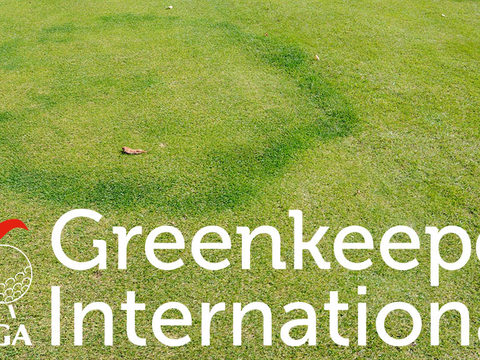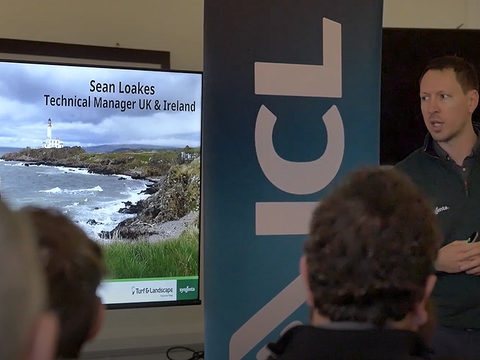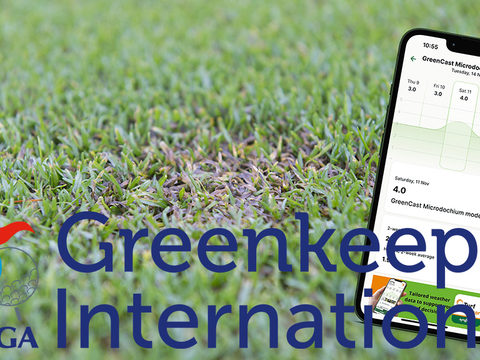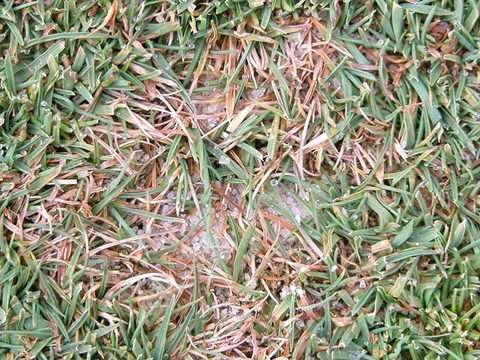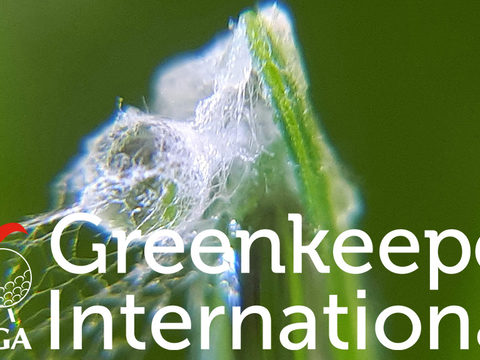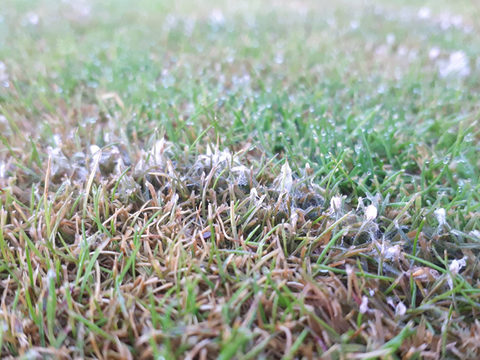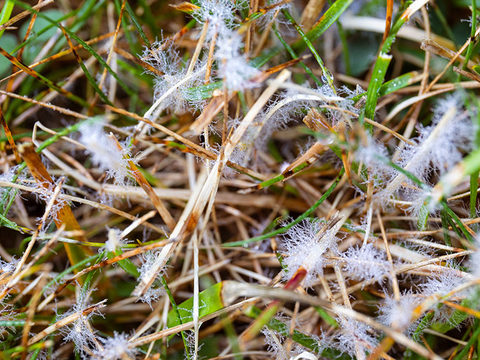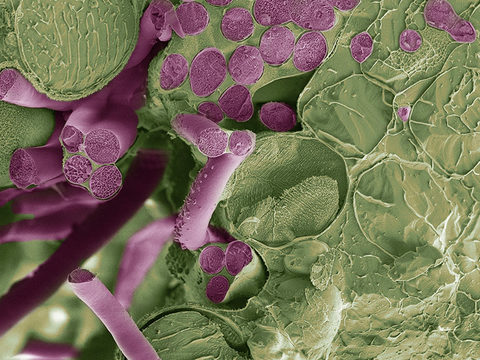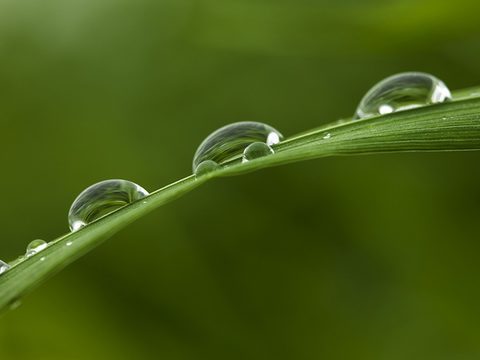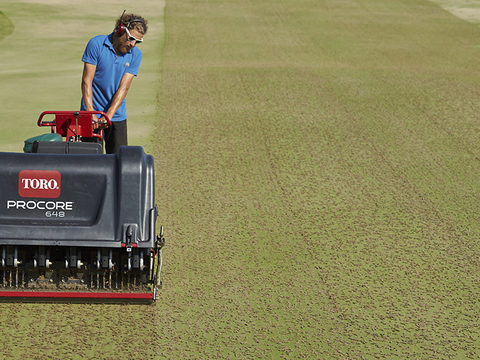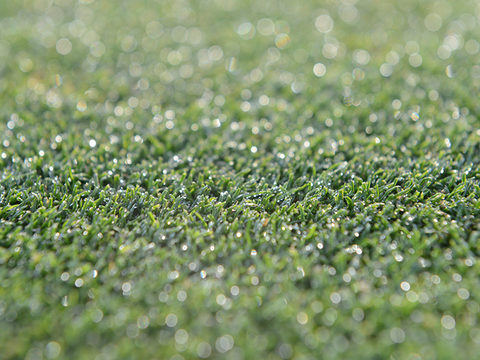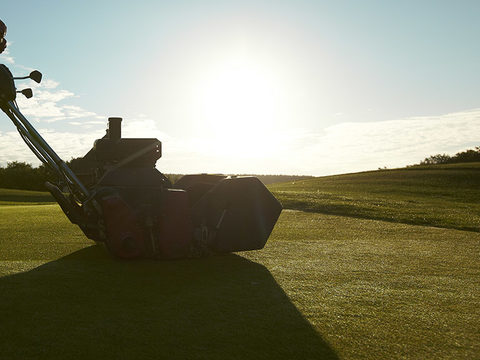GreenCast in UK and Ireland - December deep freeze triggers Fusarium
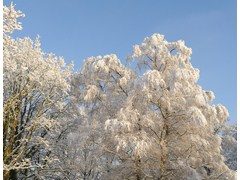
Last year, for the first time on record, the average 24-hour UK temperature for December was below freezing. In fact, at -0.9°C it was a full degree below the previous record freeze, in 1981. And for the east of Scotland it was particularly harsh - experiencing 25 days with an air frost, an average daily low of -6.1°C and an overall 24-hour average of -2.6°C - which was more than 5°C below the norm.
The incredibly cold conditions, coupled with the problems of extensive snow cover lasting over two weeks in many areas, was the third consecutive December of well below average temperatures. That has effectively reversed the trend, where nine out of 10 years over the previous decade had seen temperatures above the long-term average for the month.
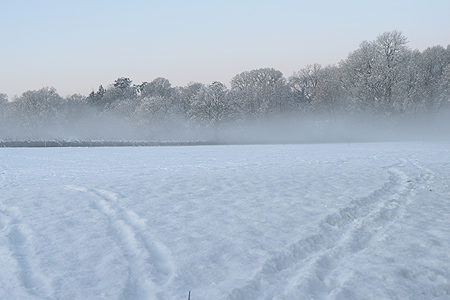
Last year's experiences also highlighted the very high incidence of Fusarium Patch infection that can occur under the snow cover - where many unprotected greens and turf surfaces were extremely badly damaged.
Av Temp (°C) | Sun (hours) | Rain (mm) | Number of days with air frost | |||||
| 2010 | Diff to 30-yr av. | 2010 | Diff to 30-yr av. | 2010 | Diff to 30-yr av. | 2010 | Diff to 30-yr av. |
UK | - 0.9 | - 5.0 | 47 | + 24% | 48 | - 62% | 23 | + 13 |
N. England | - 1.2 | - 5.2 | 59 | + 47% | 39 | - 62% | 23 | + 12 |
S. England | 0 | - 5.1 | 44 | - 7% | 33 | - 60% | 23 | + 15 |
Scotland | - 1.8 | - 4.8 | 42 | + 45% | 63 | - 63% | 24 | + 12 |
Wales | - 0.5 | - 5.3 | 50 | + 30% | 53 | - 70% | 23 | + 15 |
N Ireland | - 0.7 | - 5.4 | 62 | + 81% | 69 | - 42% | 22 | + 15 |
This year disease risks could be compounded by the unseasonably mild temperatures during the autumn, with high pathogen populations building up in thatch. The disease thrives on surface moisture and typically flares up as the soil begins to cool going into the winter. The lack of growth through the winter means any attack now can cause the most lasting damage and will affect playing surface quality right through to the spring.
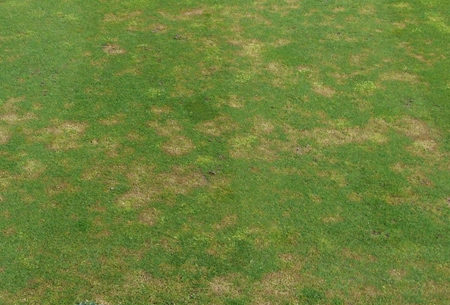
Weather and disease records on the free GreenCast website (www.greencast.co.uk) reveal the close correlation between rainfall events and a sharp rise in Fusarium risk. Using the available forecasts of disease risk, there is the opportunity to get the best protection from proactive applications of the contact+ Medallion TL fungicide, applied as close as possible to the infection period and targeted to reduce turf pathogens on the leaf, thatch and soil.
But if weather conditions have prevented application - or disease hits during the Christmas break - then treatment with a curative and eradicant, such as Instrata, could prove the best option to clear up infection and protect clean turf from attack.
GreenCast weather and disease records have also proven a persuasive tool to help greenkeepers and groundsmen to justify and explain their management regimes to greens committees and managers.
Warmest | Coldest | Wettest | Driest | Sunniest | Dullest | |
On record (since 1914) | 1934 (6.9ºC) | 2010 (-0.9ºC) | 1929 (213 mm) | 1933 (32 mm) | 2001 (64 hours) | 1956 (20 hours) |
Past decade (2001 - 2010) | 2004 (5.0ºC) | 2010 (-0.9ºC) | 2006 (173 mm) | 2010 (48 mm) | 2001 (64 hours) | 2002 (31 hours) |
Table 2: December UK average weather highs and lows. | ||||||
December Top Tips
- Watch out for risk of Fusarium Patch infection
- Well timed Medallion TL treatments to reduce disease spore numbers in thatch and soil
- Use contact+ fungicides during periods of slow or zero growth
- Take the opportunity to review free turf management info on GreenCast

